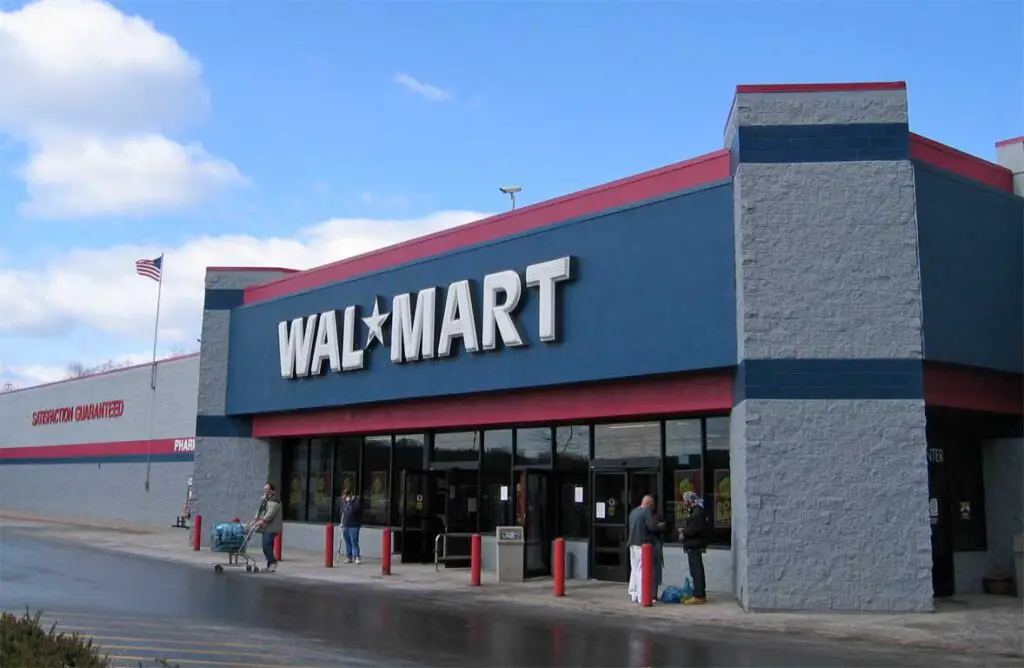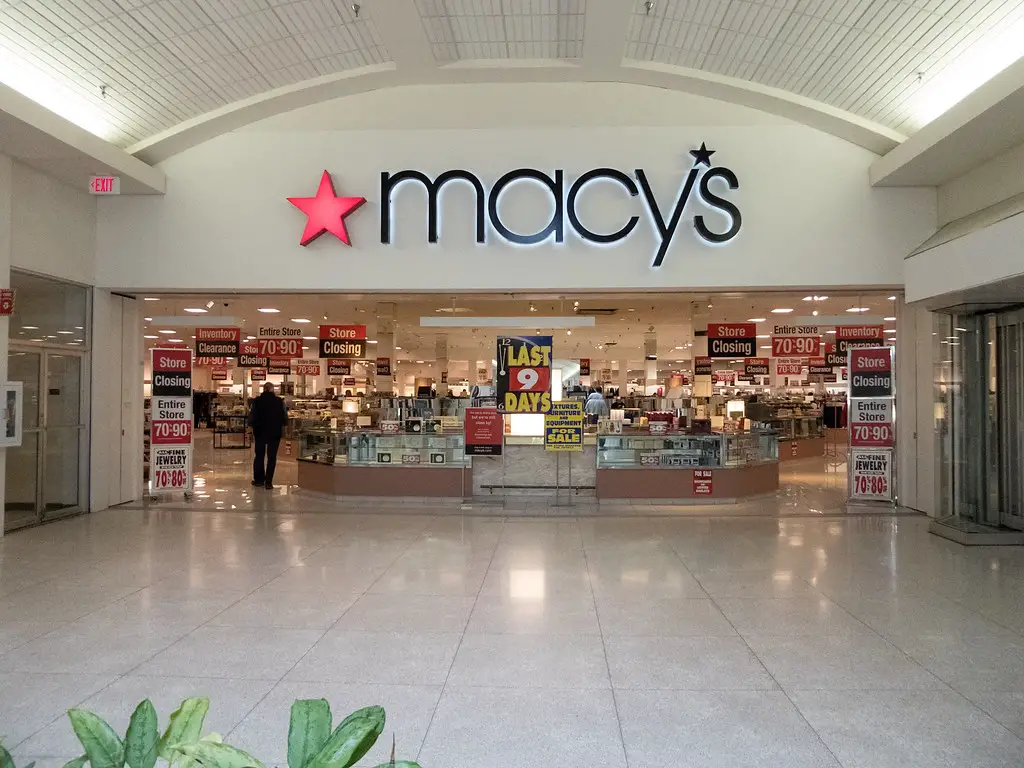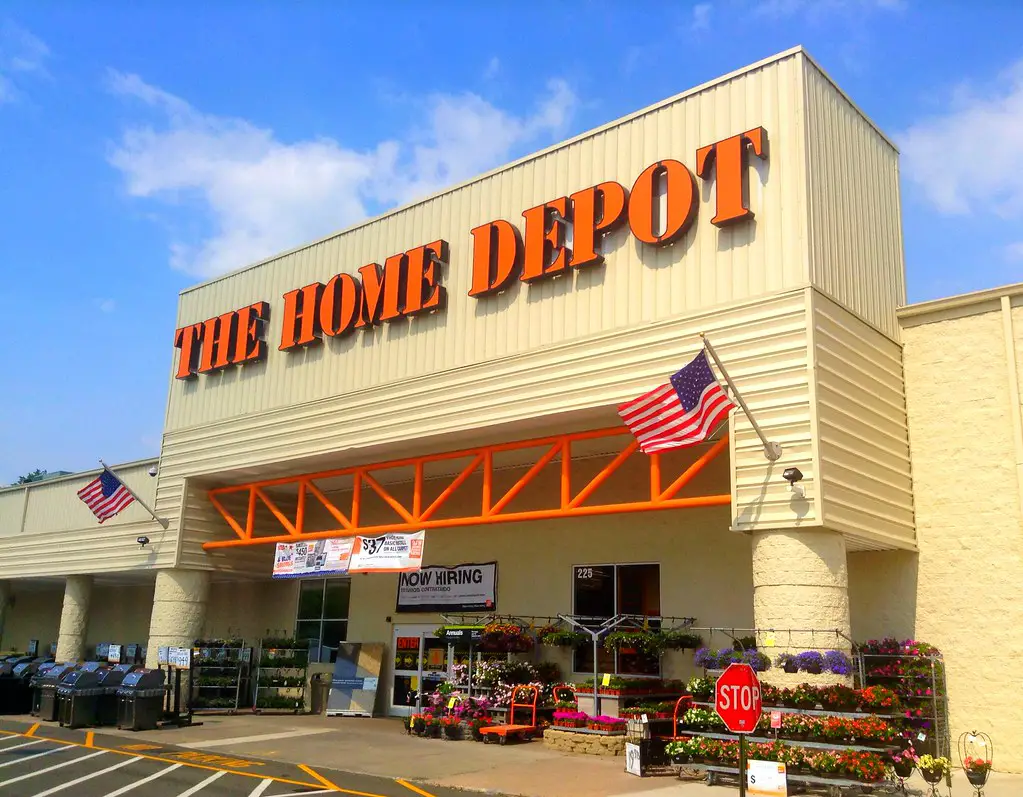In 2025, big-box retailers are facing unprecedented challenges as they adapt to changing consumer habits, the rise of e-commerce, and economic shifts. To stay competitive, several prominent brands are downsizing their brick-and-mortar presence. As these stores reduce the size of their physical footprint or close certain locations, it’s important to consider how this will impact local communities and consumers.
1. Walmart

Walmart, the largest retailer in the world, has been undergoing significant changes to streamline its operations. While the company remains a dominant force in retail, it has decided to close or reduce the size of several underperforming stores in select regions. With the rise of online shopping, Walmart has been shifting its focus to its e-commerce operations and digital services. Many smaller and less profitable locations are being downsized, and some rural areas are seeing stores close altogether.
This downsizing may not only affect shoppers looking for in-store bargains but also have an impact on local economies. Communities that rely heavily on Walmart stores for jobs and services may experience disruption, especially if other retailers don’t step in to fill the gap.
2. Target

Target, another giant in the retail space, is following a similar trend of reducing its store size in 2025. With a more robust online presence and shifting consumer preferences, Target is consolidating its physical stores in some locations, focusing on larger flagship stores in major urban centers. In smaller towns and suburban areas, stores that have not met sales expectations may see their square footage reduced or even face closure.
Target’s downsizing comes as part of a broader trend of big-box stores adapting to changing consumer needs. Though many Target stores remain popular for their wide range of products, some towns are seeing fewer options for shopping, making it more difficult for people to access the brand’s selection of home goods, clothing, and groceries.
3. Kohl’s

Kohl’s has been downsizing its physical footprint as part of a long-term strategy to focus on profitability over sheer size. The company is closing some underperforming locations and reimagining the store experience. Smaller, more specialized stores are becoming the norm, while larger regional hubs may be scaled back. Many of the closures are happening in suburban and regional markets, where foot traffic has declined due to the increase in online shopping.
The closures may leave customers in smaller towns with fewer options for shopping at Kohl’s, which is known for its affordable fashion, home products, and seasonal goods. While Kohl’s is investing heavily in its online store and partnerships, the downsizing could impact communities that rely on its stores for both retail and job opportunities.
4. Sears

Once a dominant player in the retail world, Sears has faced numerous challenges over the years, and its downsizing efforts in 2025 mark a continuation of this trend. Many Sears stores have already closed, and those that remain are significantly smaller. The company is focusing on a more streamlined business model, with a sharp decrease in its footprint and fewer locations offering its wide range of products, including appliances, clothing, and home goods.
The closure of Sears locations has already had a profound impact on local economies, as these stores were often major employers. In smaller cities and towns, the absence of Sears stores means fewer job opportunities and a lack of convenient access to household goods. In some cases, Sears properties are being replaced by other retail spaces, but this can take time and may not always meet the same demand.
5. Bed Bath & Beyond

In 2025, Bed Bath & Beyond is downsizing both in terms of store locations and its product offerings. After years of struggling to compete with online retailers and big-box competitors, the company has decided to close many underperforming locations. The downsizing of Bed Bath & Beyond will likely affect mid-size towns where the chain was once a go-to destination for home goods, linens, and kitchenware.
The company is shifting focus toward its digital offerings and streamlined in-store experiences, but smaller markets may lose access to Bed Bath & Beyond’s iconic products. For those in areas affected by store closures, finding similar stores for home essentials may prove more difficult.
6. Macy’s

Macy’s, a retail institution for decades, has been shrinking its physical presence as it tries to adapt to changes in consumer behavior. With fewer shoppers visiting department stores and a stronger emphasis on online sales, Macy’s has decided to close certain locations and downsize others. These closures are largely occurring in malls where foot traffic has dwindled, leaving smaller towns and suburban areas with fewer shopping options.
Macy’s has long been a staple in American retail, known for its diverse selection of clothing, accessories, and home goods. However, its downsizing may force consumers to travel longer distances to access its stores, especially in regions that were previously dependent on a nearby Macy’s for shopping.
7. JCPenney

JCPenney is also following suit in 2025 by downsizing its store network. The company has been working to regain market share by closing locations and refocusing on its strongest performing stores. JCPenney’s downsizing will be most noticeable in small and mid-sized cities where the retailer once had a large presence. These closures are expected to result in less convenience for customers in those areas, especially given the brand’s affordable home products and apparel offerings.
With fewer JCPenney locations available, shoppers may face a tougher time finding a store nearby. As the company pivots toward e-commerce, consumers will need to rely more heavily on online shopping to meet their retail needs.
8. Lowe’s

Lowe’s is downsizing its brick-and-mortar stores as part of a broader effort to shift its focus toward its online presence. Although Lowe’s remains a leader in home improvement, many of its smaller stores, particularly in suburban and rural locations, are being closed or downsized. The company has been closing these locations to improve efficiency and consolidate its resources, leaving many areas without access to a nearby Lowe’s for tools, materials, and appliances.
As Lowe’s continues to invest in its online platforms, the downsizing may force customers to find alternative retailers or shop online for home improvement needs. The company is also focusing on more specialized stores in urban centers, which means that smaller towns and rural areas may lose access to the vast range of home goods Lowe’s once offered.
9. Best Buy

Best Buy is making strategic decisions to downsize its physical locations in 2025. Although the company remains a leader in consumer electronics, the rise of e-commerce and changing shopping habits have led Best Buy to close certain stores in smaller towns. As online shopping becomes the preferred method of purchasing electronics, Best Buy is focusing on its digital offerings, which are often more convenient for shoppers looking for the latest tech.
The closures will likely impact areas where consumers have relied on Best Buy for technology, appliances, and expert advice. For those in affected towns, it may become harder to access Best Buy’s wide selection of electronics and tech-related services, which could force consumers to turn to other retailers or online platforms.
10. Home Depot

Home Depot’s downsizing efforts are aimed at reducing its presence in underperforming markets. With the rise of online shopping and competition from other home improvement retailers, Home Depot has decided to close or shrink stores in certain areas. This may be particularly noticeable in rural areas or smaller cities where Home Depot once had a large presence. Many customers in these locations will find it harder to access Home Depot’s comprehensive selection of tools, building materials, and home improvement products.
Although Home Depot will continue to serve urban and suburban markets, the downsizing will leave many rural customers without a nearby store for their home renovation needs. Shoppers in affected areas will have to explore other options or rely on online shopping to fulfill their home improvement requirements.
11. Costco

Costco, one of the largest warehouse retailers in the world, is also scaling back its physical footprint in certain areas. While Costco is not closing large numbers of stores, it has been reducing its presence in smaller cities and towns where growth potential is limited. These changes are part of a broader strategy to focus on high-density urban markets and streamline operations in lower-performing areas.
For shoppers who have relied on Costco’s bulk goods and discounted prices, this downsizing could mean longer drives or fewer nearby locations to choose from. As Costco continues to prioritize large, high-traffic stores, smaller towns may lose access to their popular bulk offerings.
12. CVS

CVS, a retail giant in the pharmacy sector, is also reducing its store footprint in 2025. The company has decided to close or downsize many of its locations in low-traffic areas to focus more on its healthcare and digital services. Although CVS remains a leading pharmacy retailer, it is adjusting its physical presence to meet the evolving needs of consumers who increasingly prefer online ordering and home delivery for their prescriptions and health products.
The closures of CVS stores may have significant effects on communities that rely on these locations for pharmacy services. Those in affected towns will need to find alternative options for their healthcare needs, particularly in rural or underserved areas.
